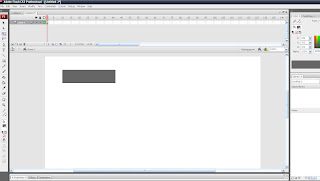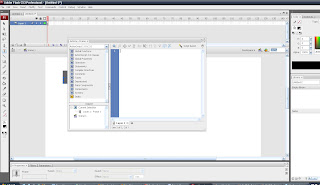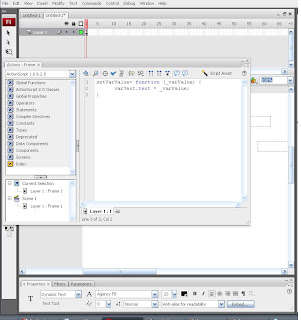What is communication?Communication is the method by which people share their ideas, information, opinions and feelings.People sharing ideas, information, opinions and feelings may contribute to the operations of teams and the work of individuals.There are various modes of communication, some of which are used more commonly in some workplaces than others.
There are three major parts in human face to face communication which are body language, voice tonality, and words. Communication is the process of conveying information from a sender to a receiver with the use of a medium in which the communicated information is understood the same way by both sender and receiver. It is a process that allows organisms to exchange information by several methods.
Every time we speak, we choose and use one of four basic communication styles: assertive, aggressive, passive and passive-aggressive.
Assertive Communication
The most effective and healthiest form of communication is the assertive style. It’s how we naturally express ourselves when our self-esteem is intact, giving us the confidence to communicate without games and manipulation.
When we are being assertive, we work hard to create mutually satisfying solutions. We communicate our needs clearly and forthrightly. We care about the relationship and strive for a win/win situation. We know our limits and refuse to be pushed beyond them just because someone else wants or needs something from us. Surprisingly, assertive is the style most people use least.
Aggressive Communication
Aggressive communication always involves manipulation. We may attempt to make people do what we want by inducing guilt (hurt) or by using intimidation and control tactics (anger). Covert or overt, we simply want our needs met - and right now! Although there are a few arenas where aggressive behavior is called for (i.e., sports or war), it will never work in a relationship. Ironically, the more aggressive sports rely heavily on team members and rational coaching strategies.
Passive Communication
Passive communication is based on compliance and hopes to avoid confrontation at all costs. In this mode we don’t talk much, question even less, and actually do very little. We just don’t want to rock the boat. Passives have learned that it is safer not to react and better to disappear than to stand up and be noticed.
Passive-Aggressive Communication
A combination of styles, passive-aggressive avoids direct confrontation (passive), but attempts to get even through manipulation (aggressive). If you’ve ever thought about making that certain someone who needs to be “taught a thing or two” suffer (even just a teeny bit), you’ve stepped pretty close to (if not on into) the devious and sneaky world of the passive-aggressive.
References
wordnet.princeton.edu/perl/webwn
http://www.scu.edu.au/schools/gcm/ar/arp/communicn.html
http://leehopkins.net/
What is cultureCulture refers to the cumulative deposit of knowledge, experience, beliefs, values, attitudes, meanings, hierarchies, religion, notions of time, roles, spatial relations, concepts of the universe, and material objects and possessions acquired by a group of people in the course of generations through individual and group striving.
Culture in its broadest sense is cultivated behaviour; that is the totality of a person’s learned, accumulated experience which is socially transmitted, or more briefly, behaviour through social learning. A culture is also a way of life of a group of people; the behaviours, beliefs, values, and symbols that they accept, generally without thinking about them, and that are passed along by communication and imitation from one generation to the next.
Culture is symbolic communication. Some of its symbols include a group’s skills, knowledge, attitudes, values, and motives. The meanings of the symbols are learned and deliberately perpetuated in a society through its institutions. Culture consists of patterns, explicit and implicit, of and for behaviour acquired and transmitted by symbols, constituting the distinctive achievement of human groups, including their embodiments in artefacts; the essential core of culture consists of traditional ideas and especially their attached values; culture systems may, on the one hand, be considered as products of action, on the other hand, as conditioning influences upon further action. Culture is the sum of total of the learned behaviour of a group of people that are generally considered to be the tradition of that people and are transmitted from generation to generation. Culture is a collective programming of the mind that distinguishes the members of one group or category of people from another.
ReferencesDefinition of Culture. Eastern Oregon University. accessed 13 May 2009. http://www2.eou.edu/~kdahl/cultdef.html
Hofstede, G. (1997). Cultures and Organizations: Software of the mind. New York: McGraw Hill
















